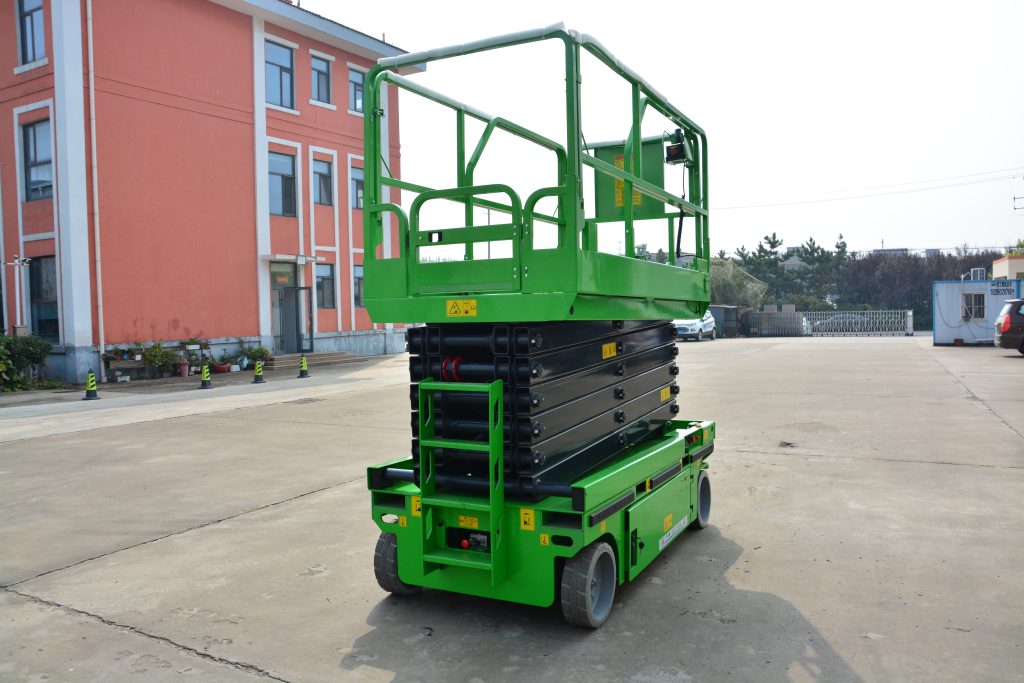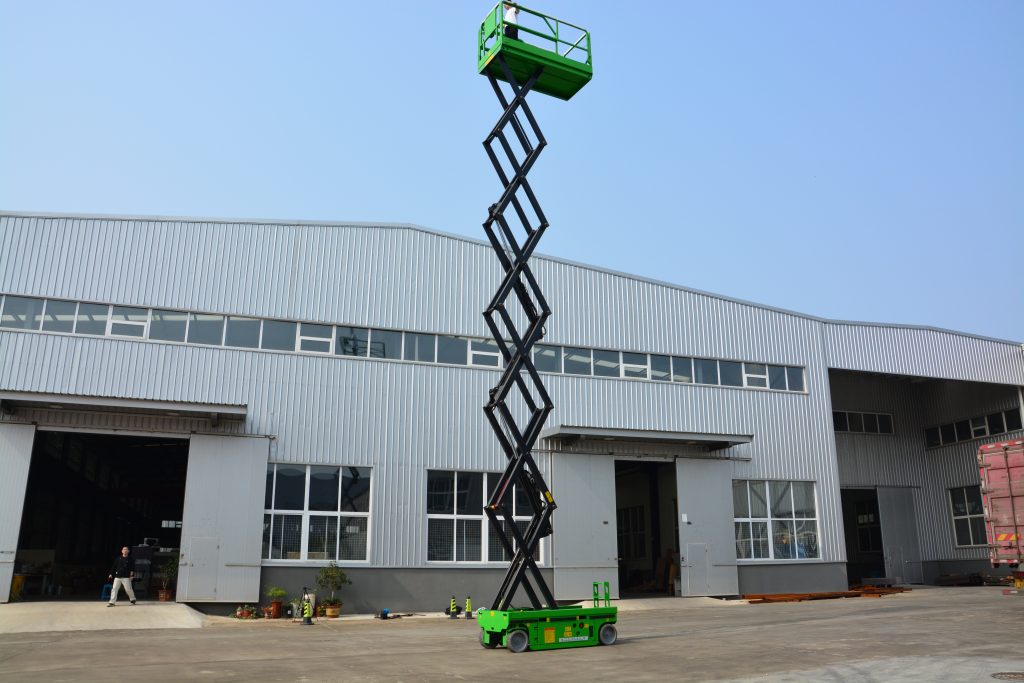Electric Lifts vs Hydraulic Lifts: Weighing the Pros and Cons
Electric Lifts vs Hydraulic Lifts: Weighing the Pros and Cons
And we look into the pros and cons of electric lifts vs. hydraulic lifts. It provides you with enough information to figure out which is the right fit for you. In the end, it comes down to specific reasons for things in the project. These comprise among others weight restrictions, working conditions and financial restrictions, such as carrying weights, working situations and budget constraints.
Understanding the Essentials of Electric Lifts
Lifts, especially electric lifts hold an imperative position in these modern-day industries. They offer state-of-the-art vertical movement solutions. These lifts are operated using electric motors which provides a smooth and efficient lifting process. It converts electric power to migratory labor. This powers the movement of the lift. Thus electric lifts are very fast and precise in operation.
Mechanism and Functionality
Electric lifts work using an electric motor that drives the lifting mechanism. The motor transfers electrical energy into kinetic energy. It powers the vertical movement of the lift. The process is also quicker and quieter than other lift types. Their precision is augmented by advanced control. This makes for soft starts and braking. This allows them to be ideal in applications that require precision.
Applications and Use Cases
Electric lifts — a common need in several fields. They are effective and reliable, which means they are versatile. They would be found in homes, office buildings and factories. They moreover work quietly and smoothly. Ideal for areas where noise control is important In addition, the low energy consumption and little maintenance make them perfect for regular use. And with such low power requirements and maintenance, they could run often.
Exploring the Core of Hydraulic Lifts
Hydraulic lifts are renowned for their sturdy build. They easily manage heavy weights. These lifts work using pressurized hydraulic fluid. This moves the lift platform. Their straightforward design ensures reliability across industries.
Mechanism and Functionality
A hydraulic lift works using a pump. This forces a cylinder full of hydraulic fluid. This creates pressure. It does so by displacing the piston with high pressure. The platform gets raised by doing that. It ensures consistent performance even under heavy load conditions. Again, hydraulic lifts are known for their ruggedness. They keep performing year in and year out.
Applications and Use Cases
Hydraulic lifts serve diverse purposes. They appear in warehouses, construction zones, and more. Their strength suits them for moving large or heavy items upward. They’re also common in auto shops as vehicle lifts. This is due to their power and stability.
Comparing Efficiency and Performance
Efficiency and performance vary between electric and hydraulic lifts. The best choice depends on your needs.
Energy Consumption Analysis
Electric lifts often use less power than hydraulic ones. They rely on motors instead of fluid systems. This cuts operating costs over time. It makes them economical for frequent use.
Speed and Load Capacity Considerations
Hydraulic lifts shine in weight-handling ability. They can lift heavier loads than electric models. However, electric lifts move faster. Their motor-driven design speeds up transport. This makes them ideal when time is key.
Evaluating Installation and Maintenance
Setup difficulty and upkeep needs affect overall costs.
Installation Complexity and Costs
Electric lifts need more intricate setups. They require electrical wiring. Yet, they blend well with modern building controls. Hydraulic lifts have simpler installs. But they need room for hydraulic equipment.
Maintenance Requirements and Costs
Electric lifts demand less frequent care. They have fewer parts that wear out. Hydraulic lifts need regular checks. Fluid levels and seals must be monitored. Still, they’re known for lasting long with proper upkeep.
Assessing Safety Features and Reliability
What Safety Mechanisms Exist in Electric Lifts?
You must remember that electric lifts come with lots of safety features. They safeguard and enhance reliability. Emergency stop buttons allow users to immediately stop the lift. Safety sensors detect other obstacles within that trajectory. They halt the lift to prevent accidents. Controlling its movement is a touch of finesse. This reduces risks from sudden jolts.
How Do Hydraulic Lifts Guarantee Safety?
Hydraulic lifts are not without their safety systems. They hold user protection and equipment stability. Overloading safety devices prevents lifting if capacity is exceeded. Double block and bleed oil pipe valves prevent uncontrolled falls in the case of leakage. An emergency lowering tool lowers the lift when power is interrupted. Door and window safety locks help keep floors secure when in use.
Environmental Impact and Sustainability
What Are the Ecological Factors for Electric Lifts?
Electric lifts are less harmful to the environment than hydraulic lifts. They are not hydraulic machines, they are electric machines. This means fewer emissions. They don’t need oil or fuel. They conserve electricity through energy efficiency. Thus they reduce their carbon footprint. They all are fantastic options for eco-friendly operation.
How Do Hydraulic Lifts Influence the Environment?
Hydraulic lifts raise environmental concerns. Their hydraulic fluid can be harmful if mishandled. Leaks might pollute soil or water. Yet, new designs use less fluid. They also leak less. Regular care reduces these risks. It keeps the system running cleanly.
Making a Smart Choice: Electric vs. Hydraulic Lifts
What Should You Weigh Based on Your Needs?
Choosing between electric and hydraulic lifts requires thought. Consider these points:
- Weight Limits: Hydraulic lifts excel at heavy lifting.
- Speed Needs: Electric lifts move quicker.
- Space Available: Electric setups need wiring. Hydraulic ones need equipment room.
- Care Preferences: Electric lifts need less upkeep. Hydraulic ones require more checks.
What Are the Best Picks for Different Situations?
For fast, quiet lifts with low maintenance, go electric. They suit homes or offices where noise matters. Hydraulic lifts fit heavy-duty tasks. They’re great for factories or auto shops needing strength.
For high-quality lifting options, check Qingdao YILU Intelligent Equipment Co., Ltd. They offer scissor lifts, boom lifts, and vacuum lifters. Their products promise top performance and reliability with its professional team.
FAQs
Q1: What safety features distinguish electric from hydraulic lift systems?
A: Electric lifts typically include emergency stop buttons and obstacle detection sensors; hydraulic systems offer anti-overload devices and emergency descent features.
Q2: How do environmental impacts differ between electric and hydraulic lifts?
A: Electric lifts have a lower carbon footprint due to energy efficiency; hydraulic systems pose potential risks from fluid leaks but advancements have mitigated these concerns.
Q3: Which type of lift is better suited for environments with limited installation space?
A: Hydraulic lifts may be preferable as they generally require less complex installation compared to electric systems needing extensive wiring setups.









